Nishijin-ori Jewelry Is Launched from Craft Jewelry Brand “YURAI”
New Products VOL.23


VOL.1-23
Update

VOL.1-25
Update
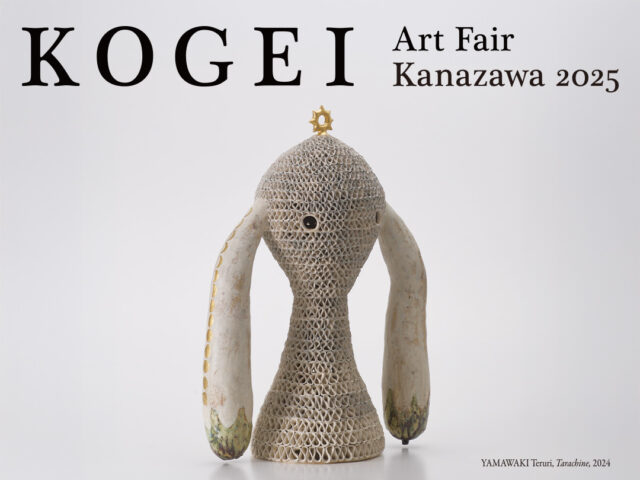
VOL.1-50
Update
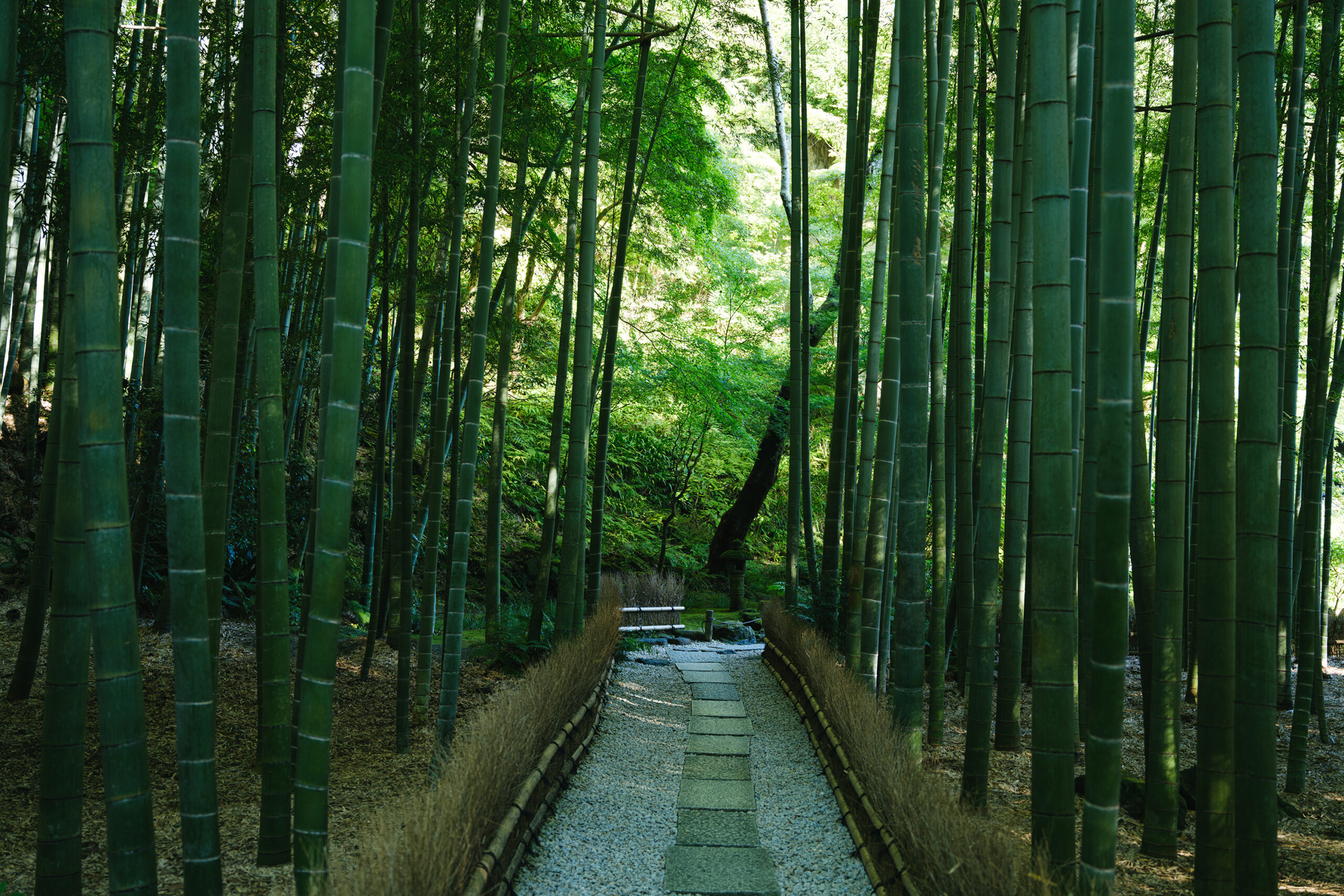
VOL.1-3
Update

VOL.1-27
Update

VOL.1-4
Update
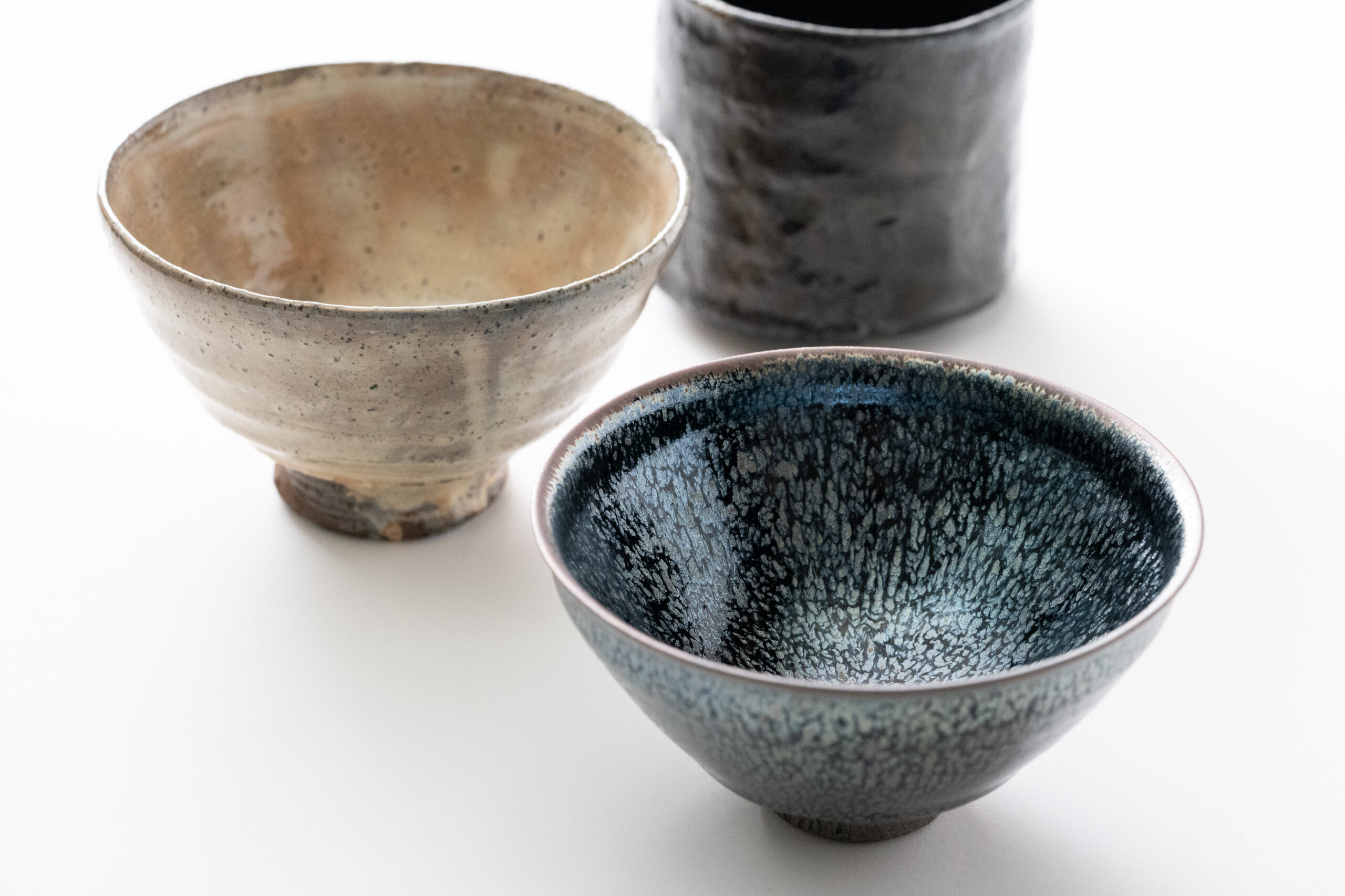
VOL.1-3
Update

VOL.1
Update

VOL.1-7
Update
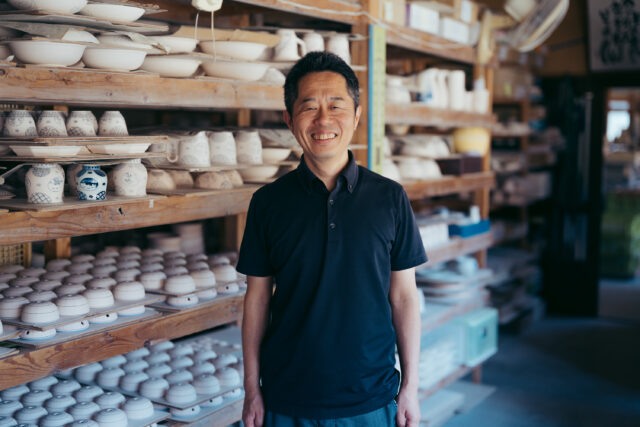
VOL.1-32
Update

VOL.1-12
Update
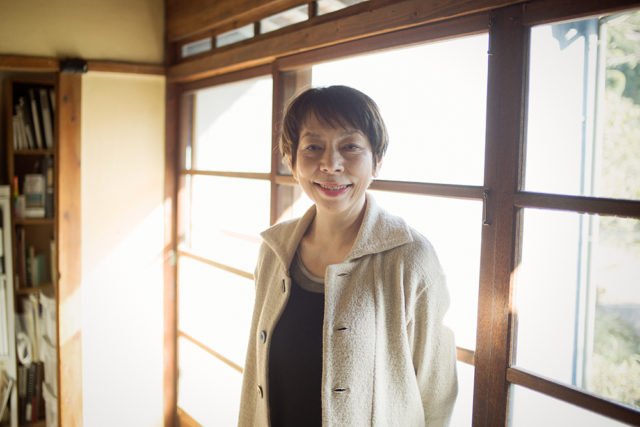
VOL.1
Update
We share a variety of information and perspectives on Japanese crafts, including exhibition information and interviews.
New Products VOL.23
KOGEI Topics VOL.25
Featured Exhibitions & Events VOL.50
KOGEI Topics VOL.24
Dec 9, 2025 – Mar 1, 2026
National Crafts Museum
Dec 13, 2025 – Mar 8, 2026
Aichi Prefectural Ceramic Museum
Dec 13, 2025 – Mar 22, 2026
Kikuchi Kanjitsu Memorial Tomo Museum
Dec 18 – Dec 27, 2025
GOOD DESIGN Marunouchi

Motoori Norinaga conducted extensive research into “The Tale of Genji,” a lengthy narrative written by Murasaki Shikibu during the Heian period (794-1185). He concluded that its charm lies in the concept of mono no aware. During that era, literature that reflected Confucian teachings was considered superior. However, Norinaga rejected this notion, asserting that the true essence of Japanese literature lies in mono no aware. Furthermore, he emphasized the importance of understanding this concept, which he described as follows:
Knowing the sorrow of a thing
Comes from knowing the heart of a thing;
Knowing the heart of things is
to know the world’s condition
it arises from understanding human emotions
According to Norinaga, it is only by deeply observing the world and touching upon human emotions that one can truly understand the essence of things and know mono no aware.
The Japanese are generally considered to value the group over the individual. They are sensitive to subtle changes in their surroundings and pay attention to the atmosphere and the presence of others feelings. In the case of human relations this involves the use of “honne” (true feelings) and “tatemae” (public facades) depending on the situation, which is not always positive but can be said to be a distinct aspect of Japanese behavior. In a society where people often do not openly express their emotions, even in romantic relationships, it becomes crucial to perceive the slightest changes in expressions and gestures. Without understanding the underlying emotions, love may not flourish successfully. It is perhaps this nuanced view of relationships that gave rise to the aesthetic concept of mono no aware, emphasizing the importance of understanding emotions and the essence of things.
Speaking of mono no aware, it is inseparable from the Japanese view of nature. In Japan, everyone has likely felt sentimental while watching the summer evening sky or felt a longing for companionship when sensing the cold winds of autumn and winter. According to the Japanese perspective, nature is not something that changes according to human desires; rather, people’s hearts adapt to the changing nature. While mono no aware expresses the nuances of emotions in love and human relationships, it also conveys the awe felt when experiencing the beauty of nature. This is rooted in the unique Japanese view of nature.
Along with this view of nature, another concept closely related to mono no aware is that of impermanence. Impermanence, the idea that everything is in constant flux and nothing remains unchanged, is not just fundamental to understanding mono no aware, but can be said to be at its very root. It is precisely because we perceive that all living things are transient that we find meaning in observing the scenery of each moment. We feel mono no aware when viewing cherry blossoms because we know their full bloom is brief and fleeting, and it is this kind of emotional impact of such learning that enriches us throughout our lives.
The term “mono no aware,” like “wabi-sabi” and “ikigai,” is one of the best-known Japanese words abroad. This is because the term “mono no aware” is sometimes used when discussing Japanese films, novels, manga, and other works overseas. In particular, the internationally renowned film director Yasujiro Ozu has openly stated that mono no aware is a theme in his films, which has helped spread the term to the general public overseas. Japanese films and novels often depict subtle fluctuations in human emotions and natural scenery in a quiet and prolonged manner, and many people abroad recognize this as a representation of Japanese aesthetic sensibility.
Throughout this series, in the first part, we introduced Japanese aesthetic sense and perspectives on life. Mono no aware concludes this first part. Understanding any aesthetic sense or perspective on life requires time and experience, but grasping mono no aware is particularly challenging. It is precisely because it is challenging that we are driven to understand it even more.
In modern times, the term mono no aware is not commonly used in daily life, but it can be sensed in various forms such as movies, novels, and manga, especially in stories depicting the Japanese heart. The use of the kanji character “哀れ” (aware), or “pathos,” may carry a strong sentimental connotation, but its original meaning “ああ、はれ” (a heartfelt emotion) evokes a deeply moving state of mind. Through this perspective, one can appreciate the uniquely Japanese aesthetic sense unfolding before one’s eyes.
In Japan, there is often a concept of “ma” (間) or “yohaku” (余白), which refers to the use of spaces or pauses in expression through which emotions can be conveyed even without speaking, and which thereby represent both the fascination and the difficulty of exploring the whereabouts of the heart. Understanding others allows one to understand oneself, and understanding oneself allows one to understand others. This learning process continues throughout life. Therefore, there is no end to understanding mono no aware. Indeed, understanding is life itself.
Reference
Tanaka, Koji. Motoori Norinaga: A Giant of Literature and Thought. (Chuko Shinsho)
